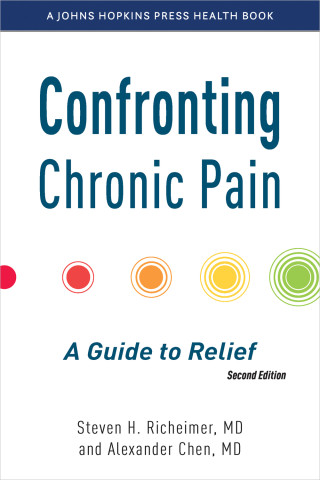
Reviews
Addresses the many complexities and uncertainties related to this diagnosis. At the same time, it provides the information parents, grandparents, caregivers, and health professionals need—everything from medical, educational, and psychosocial implications to wheelchair maintenance and dental care.
This book is well structured, easy to read, and gives answers to all questions related to the management of children and adults with CP.
A 'must' for any family struggling with CP care... The wealth of details are organized logically and parents will find it easy to navigate, making it an item of choice above others.
Book Details
Foreword, by Joan Lenett Whinston
Preface
Acknowledgments
PART I.
1. What Is Cerebral Palsy?
2. An Overview of Early Child Development
3. Medical Problems Associated with Cerebral Palsy
4. Intellectual
Foreword, by Joan Lenett Whinston
Preface
Acknowledgments
PART I.
1. What Is Cerebral Palsy?
2. An Overview of Early Child Development
3. Medical Problems Associated with Cerebral Palsy
4. Intellectual, Psychological, and Social Development
5. Hemiplegia
6. Diplegia
7. Quadriplegia
8. The Adult with Cerebral Palsy
9. How the Health Care System Works
10. Financing Care for the Child with Cerebral Palsy
11. Navigating the Educational System
12. Being an Advocate for Your Child
PART II.
Taking Care of Yourself When You Care for Others
Protecting the Caregiver's Back: Basic Body Mechanics
Making Things Easier for You and Your Child
Choosing Appropriate Seating
Choosing and Using Car Seats
About Wheelchair Maintenance
Pressure Management Awareness
Choosing a Stander
About Walkers and Gait Trainers
About Braces
Choosing the Correct Shoes
Increasing Independence with Service Dogs
Managing the System
Working with a Case Manager
Letters of Medical Necessity
Occupations for Adults with Cerebral Palsy
About Hospitalization
Keeping Medical History Records
Life Planning Process
About Casts
Using Nutritional Boosters
Managing Tube Feedings
Providing Oral Care
Toilet Training Your Child
Giving an Enema
Giving Rectal Medications or Suppositories
Suctioning Techniques
PART III.
From Achilles Tendon Lengthening to Vocational Rehabilitation
Resources
Index







